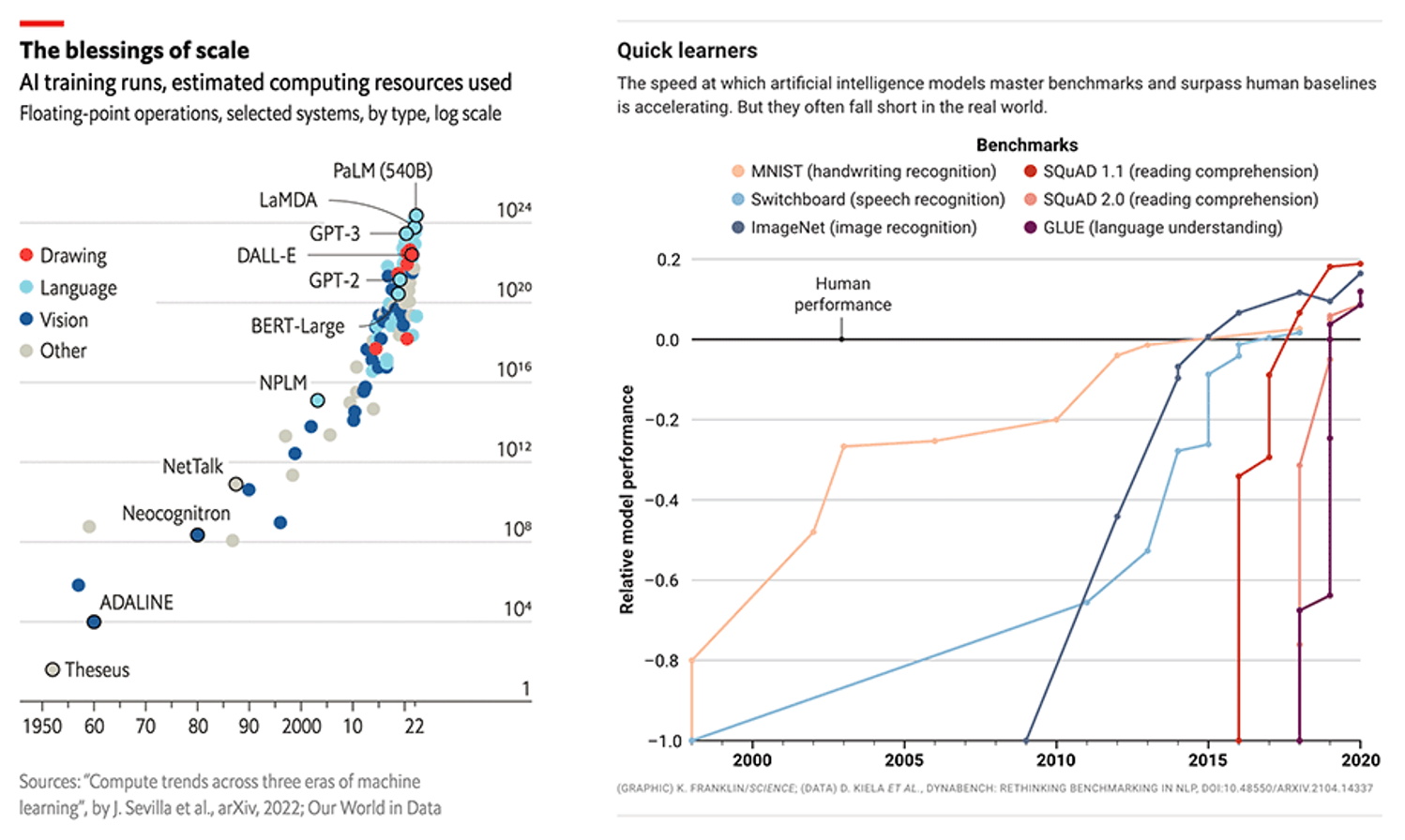October 24, 2025




Streamline Regulatory Writing with AI-Powered Solutions
Discover how Certara is revolutionizing regulatory writing with an industry-specific GenAI solution. This white paper explores how your organization can deploy AI safely and securely to enable efficiency while ensuring medical writing accuracy.
This blog was originally published in October 2023 and has been updated for accuracy and comprehensiveness.

Director, Global Portfolio Leader for Certara.AI
Nick Brown is Director, Global Portfolio Leader for Certara.AI; the life sciences-specialized GPT platform. Nick has over 10 years of experience driving AI adoption and customer success across life sciences, federal government and other industries. Prior to Certara, Nick led marketing at Vyasa (now Certara.AI) assisting in the launch and go-to-market strategy for the Layar data platform. He is a graduate of the University of New Hampshire and resides in Andover, MA.
FAQs
What’s the difference between generative AI and biosimulation in drug development?
Generative AI creates text, code, or predictions from large datasets, while biosimulation uses mechanistic, validated models to predict drug behavior in humans. When used together, they enhance precision in dosing, safety forecasting, and regulatory submissions.
How can companies safely integrate AI into regulated drug development workflows?
Successful integration requires AI solutions built for compliance—those that maintain data traceability, version control, and audit readiness. Combining domain-specific AI tools with human oversight ensures scientific integrity and regulatory acceptance.
What’s next for AI in drug development?
The future lies in hybrid AI ecosystems that combine generative tools with mechanistic models and real-world data analytics. These systems will help optimize clinical design, personalize dosing, and accelerate approvals, bringing therapies to patients faster.
Learn more about Certara.AI
Certara.AI transforms how life science organizations harness AI by delivering specific, actionable insights. Its specialization in life science data ensures that researchers and professionals can trust it for critical tasks like drug discovery, clinical trial design, and regulatory submissions. With Certara.AI, you can streamline workflows, reduce costs, and accelerate timelines—all while maintaining data security and integrity.

Schedule a demo





